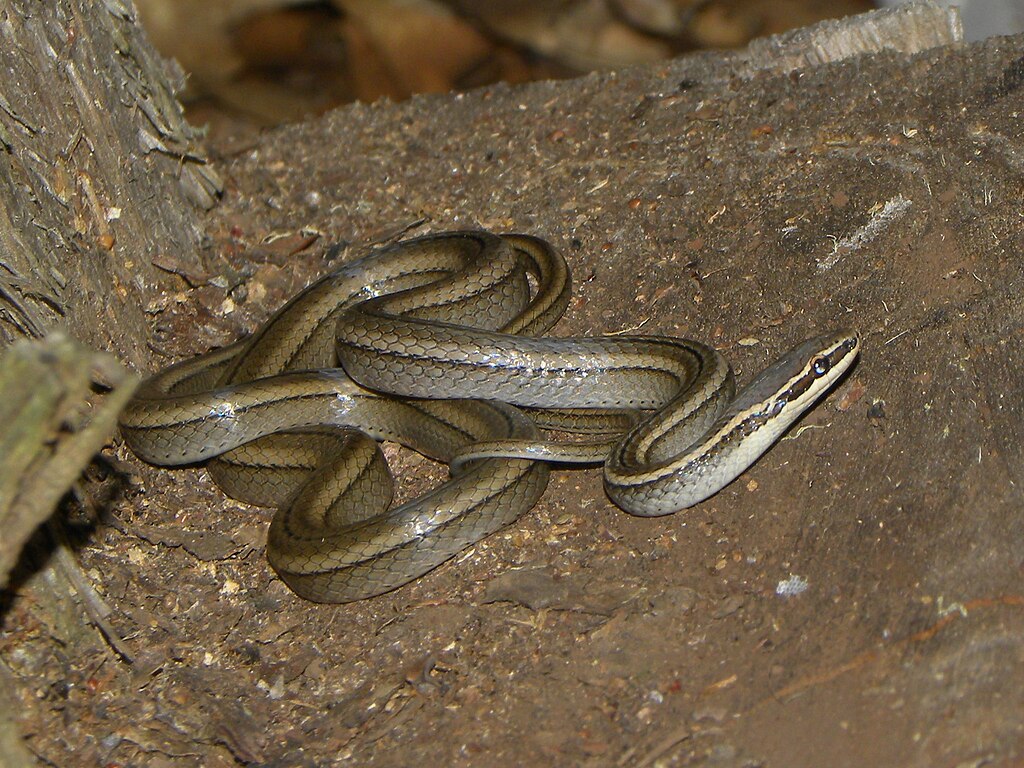Bringing a new snake home or transferring your reptile companion to a different habitat can be a stressful experience—for both the snake and its owner. Snakes are sensitive creatures that thrive on routine and familiarity. When introduced to a new environment, they may exhibit signs of stress such as refusing meals, excessive hiding, or unusual behavior patterns. However, with proper preparation and patience, you can help your slithering friend adjust to its new surroundings swiftly and comfortably. This comprehensive guide explores proven strategies to minimize stress and promote a smooth transition, ensuring your snake settles into its new enclosure as quickly and safely as possible.
Understanding Snake Stress During Transitions

Snakes are inherently cautious animals that interpret environmental changes as potential threats to their survival. What we perceive as a beautiful new habitat may initially register as a dangerous unknown territory to your reptile. When stressed, snakes might refuse food, become more defensive, display unusual movement patterns, or hide excessively for extended periods. This stress response is particularly common in wild-caught specimens but can affect captive-bred snakes equally during major environmental changes. Recognizing these stress signals is crucial for monitoring your snake’s adjustment progress and implementing appropriate interventions when necessary. Understanding that this period of adjustment is normal and temporary will help you remain patient throughout the transition process.
Preparing the Perfect Enclosure Before Introduction

Thorough preparation of the new habitat before introducing your snake significantly reduces adjustment time and stress. Ensure proper temperature gradients are established, with appropriate basking spots and cooler retreat areas that match your specific snake species’ requirements. Humidity levels should be stabilized and monitored with a reliable hygrometer, especially for tropical species that require higher moisture levels. Substrate should be comfortable, clean, and appropriate for your species’ burrowing habits—whether that’s aspen shavings, coconut fiber, or newspaper. Most importantly, allow the enclosure to run for at least 24-48 hours before introduction to stabilize all environmental parameters and work out any equipment issues that might arise.
Creating Abundant Hiding Opportunities
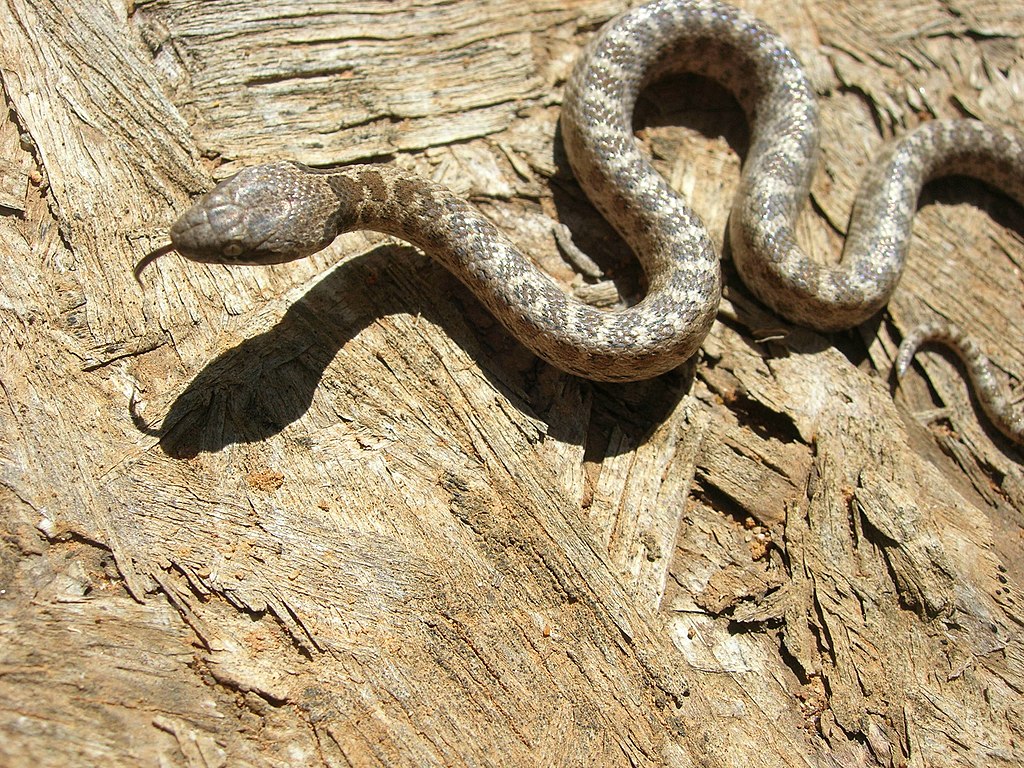
Security through adequate hiding spots is perhaps the single most important factor in helping a snake adjust quickly to new surroundings. Provide multiple hide boxes positioned throughout the temperature gradient of the enclosure, ensuring your snake can thermoregulate while remaining concealed. For most species, offering at least two hides—one on the warm side and one on the cool side—is the minimum recommendation. Crafting these hiding areas from opaque materials rather than transparent ones provides the psychological security snakes crave when feeling vulnerable. Natural hiding opportunities like cork bark, hollow logs, and dense artificial foliage can supplement commercial hide boxes and create a more naturalistic environment that encourages normal behaviors. Remember that a snake that feels secure is more likely to explore, feed, and display natural behaviors sooner.
Minimizing Handling During the Adjustment Period
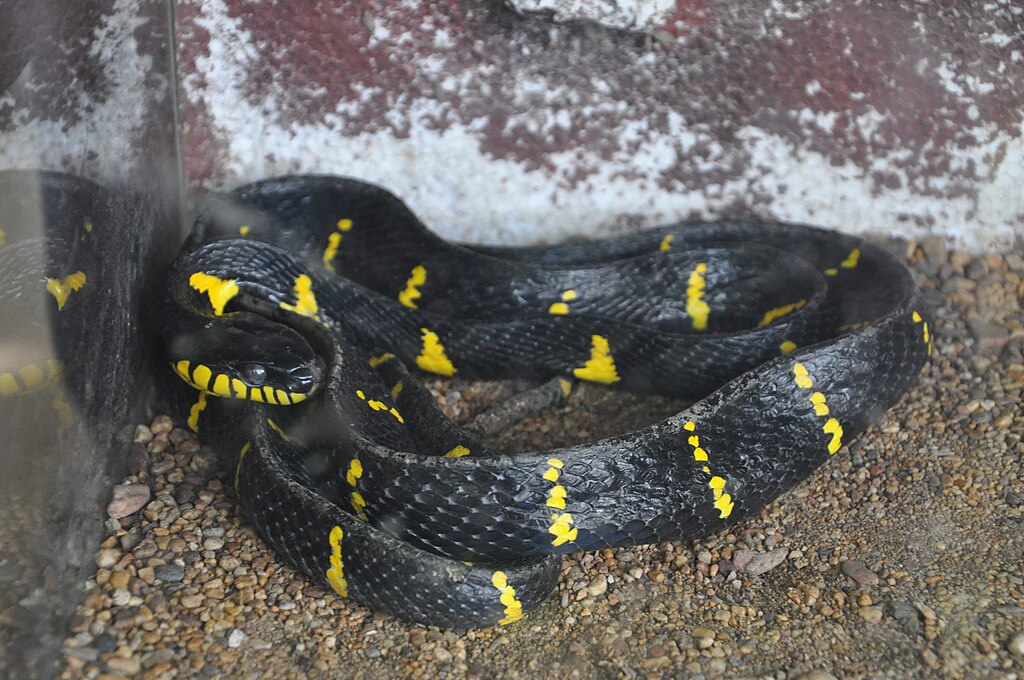
Restraint in handling is crucial during the initial adjustment phase, regardless of how docile or “handleable” your snake typically is. Implementing a strict no-handling policy for the first 7-14 days allows your snake to familiarize itself with its new surroundings without the added stress of human interaction. Even after this initial period, reintroduce handling gradually, starting with very brief sessions of just 1-2 minutes and slowly extending the duration as your snake shows signs of comfort. Watch for stress signals during these early handling sessions, such as rapid breathing, tense muscles, or defensive postures, and return the snake to its enclosure immediately if these appear. This patient approach builds trust and prevents setbacks in the adjustment process that might occur from premature or excessive handling.
Maintaining a Quiet Environment

Environmental noise and disturbances can significantly impact a snake’s stress levels during the adjustment period. Position the new enclosure in a relatively quiet area of your home, away from loud televisions, speakers, or high-traffic zones where people frequently pass by. Be mindful of vibrations that travel through floors and furniture, as snakes are highly sensitive to these sensations through their bodies. During the first few weeks, consider placing a visual barrier like a thin cloth over part of the enclosure if it’s in a glass tank, which can help the snake feel less exposed while still allowing airflow. Some keepers find that playing white noise or nature sounds at a low volume near the enclosure helps mask sudden household noises that might startle the snake.
Strategic Feeding Protocols After Relocation

Adapting your feeding schedule requires patience and strategic timing to accommodate your snake’s stress response. Many snakes will refuse food immediately after a habitat change, which is completely normal and rarely cause for concern in healthy specimens. Wait at least 5-7 days after the move before offering the first meal, allowing sufficient time for initial adjustment. When you do offer food, choose prey items slightly smaller than normal to increase acceptance likelihood. Some keepers find that leaving pre-killed prey in the enclosure overnight (if safe to do so for your species) increases feeding success as it allows the snake to eat privately when it feels secure. If refusal persists beyond 2-3 weeks for adult snakes or 10-14 days for juveniles, consider alternative feeding strategies like braining prey items or scenting with prey odors familiar to your specific species.
Transferring Familiar Scents and Objects

Incorporating familiar elements from the previous enclosure provides valuable continuity during the transition process. If possible, transfer some substrate from the old habitat to mix with the new substrate, carrying over familiar scents that the snake associates with security. Favorite hide boxes, climbing branches, or decor items that your snake frequently used should be among the first items placed in the new setup. For snake species that use scent-marking behaviors, rubbing a clean cloth gently along their body and then wiping it on new hides and furniture can help establish a sense of ownership and familiarity. This scent transfer technique is particularly effective with more nervous species or individuals that have shown territorial behaviors in the past.
Maintaining Consistent Temperature and Humidity
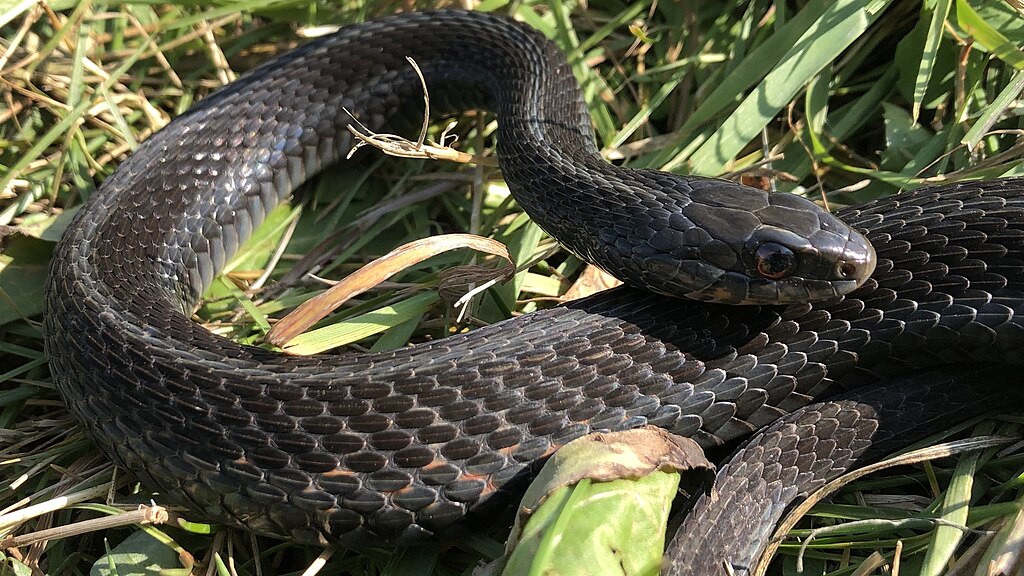
Environmental stability is crucial for reducing stress during the adjustment period, making reliable temperature and humidity regulation essential. Invest in quality thermostats rather than manual control devices to prevent temperature fluctuations that could cause additional stress. Place multiple thermometers throughout the enclosure to monitor temperature gradients, ensuring consistent readings at both the warm and cool ends. For humidity-sensitive species, consider automated misting systems or humidifiers that maintain precise moisture levels without frequent manual interventions that might disturb your snake. Remember that environmental parameters that fluctuate wildly or don’t match your snake’s natural habitat will significantly delay adaptation and potentially lead to health issues, so maintaining consistency is both a welfare and adaptation concern.
Establishing a Regular Maintenance Schedule

Creating predictable routines helps snakes adapt to their new environment more quickly by establishing patterns they can anticipate. Develop a consistent schedule for necessary maintenance tasks like spot cleaning, water changes, and environmental checks. Perform these activities at approximately the same times each day or week to help your snake become accustomed to the rhythm of human interactions. When maintenance is unavoidable, move efficiently but gently, minimizing time spent disturbing the enclosure. For more extensive cleaning needs during the adjustment period, consider temporarily transferring your snake to a secure holding container rather than trying to clean around it, which can cause unnecessary stress and set back the adaptation process.
Monitoring Behavior for Adaptation Signs

Careful observation of behavioral changes provides valuable feedback on your snake’s adjustment progress. Create a simple monitoring log to track key behaviors like exploration patterns, tongue flicking frequency, basking habits, and use of different hide locations. Normal adaptation typically follows a pattern where snakes initially remain hidden almost constantly, gradually increasing exploratory behavior during quiet periods, and eventually resuming regular activity cycles. Watch for positive indicators such as normal shedding, consistent thermoregulatory behaviors (moving between warm and cool areas), relaxed posture during rest, and steady tongue flicking when exploring. These subtle behavioral shifts often precede more obvious signs of adjustment like feeding acceptance and provide encouragement during what can sometimes feel like a slow process.
Recognizing When Medical Intervention Is Needed
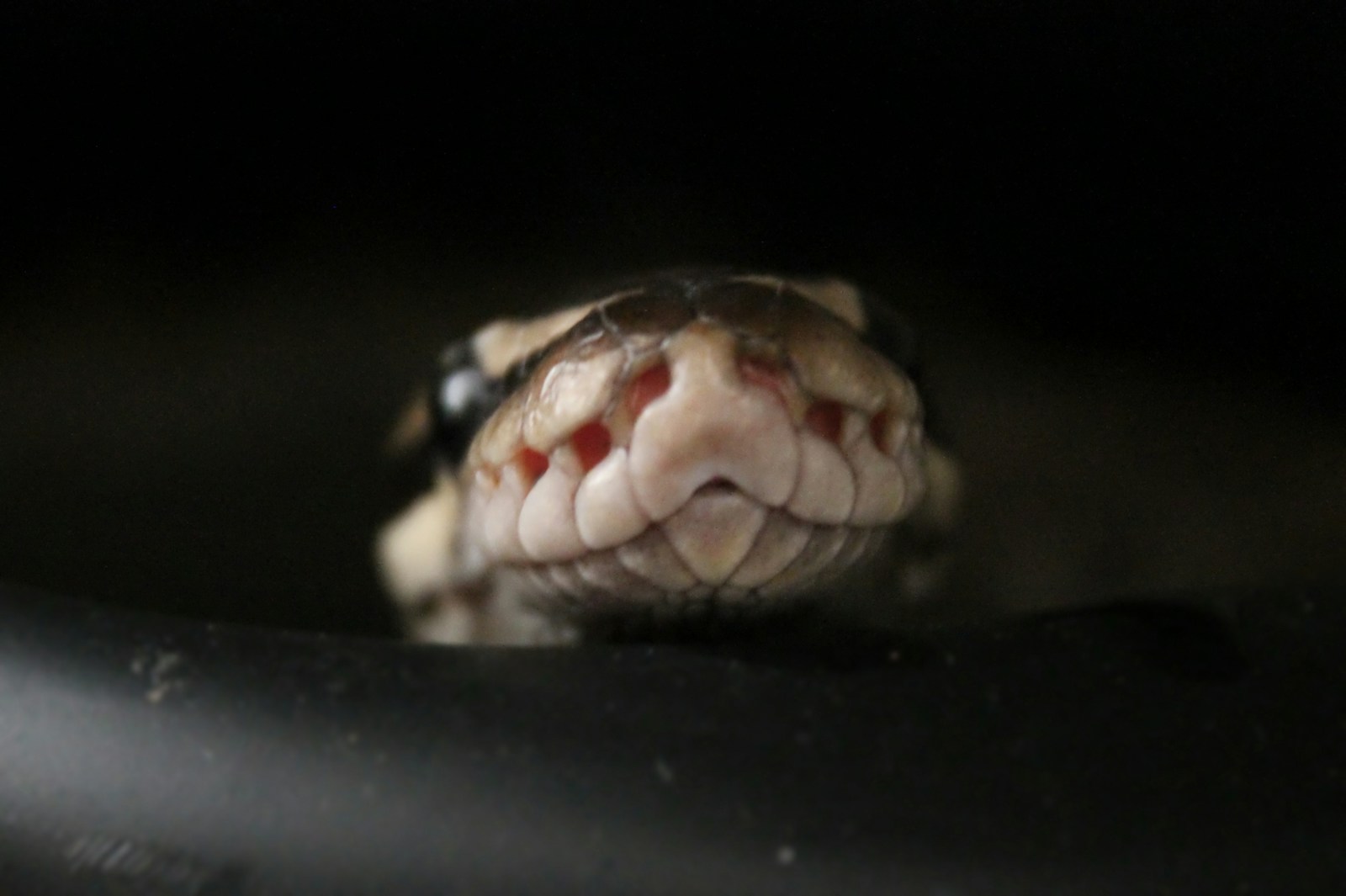
While adjustment stress is normal, it’s crucial to distinguish between adaptation behaviors and potential health concerns requiring veterinary attention. Warning signs that exceed normal adjustment stress include significant weight loss exceeding 10% of body weight, incomplete or stuck sheds (dysecdysis), abnormal posturing or difficulty moving, respiratory symptoms like wheezing or bubbling around the mouth, or prolonged food refusal beyond species-appropriate timeframes. Weigh your snake regularly during the adjustment period using a digital scale to monitor for concerning weight trends. Keep contact information for a reptile-experienced veterinarian readily available, and don’t hesitate to seek professional guidance if you observe any symptoms that concern you, as early intervention for potential health issues is always preferable to waiting.
Special Considerations for Different Snake Species
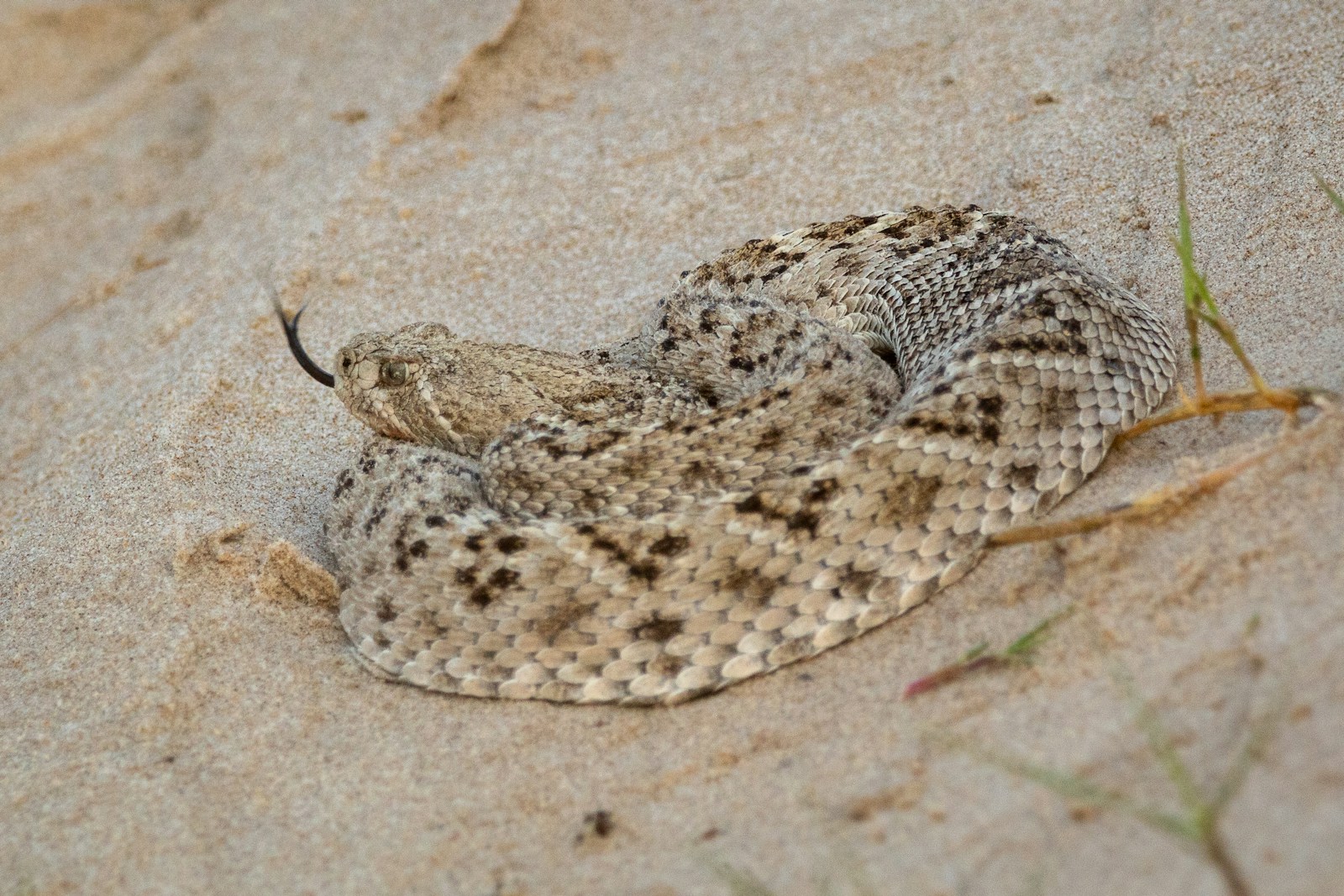
Adaptation techniques should be tailored to your specific snake’s natural history and temperament characteristics. Arboreal species like green tree pythons or emerald tree boas need substantial climbing opportunities and elevated hiding spots to feel secure, while terrestrial or fossorial species require different accommodation strategies focused on ground-level security and burrowing opportunities. More secretive species like ball pythons or children’s pythons typically require longer adjustment periods and more hiding opportunities than naturally bold species like corn snakes or king snakes. Research your particular species’ wild behavior patterns to inform your adaptation strategy, recognizing that even within species, individual temperaments vary significantly. When possible, consult with experienced keepers of your specific species, as they often have species-specific insights that general guidelines might not address.
Gradual Introduction to Regular Routines
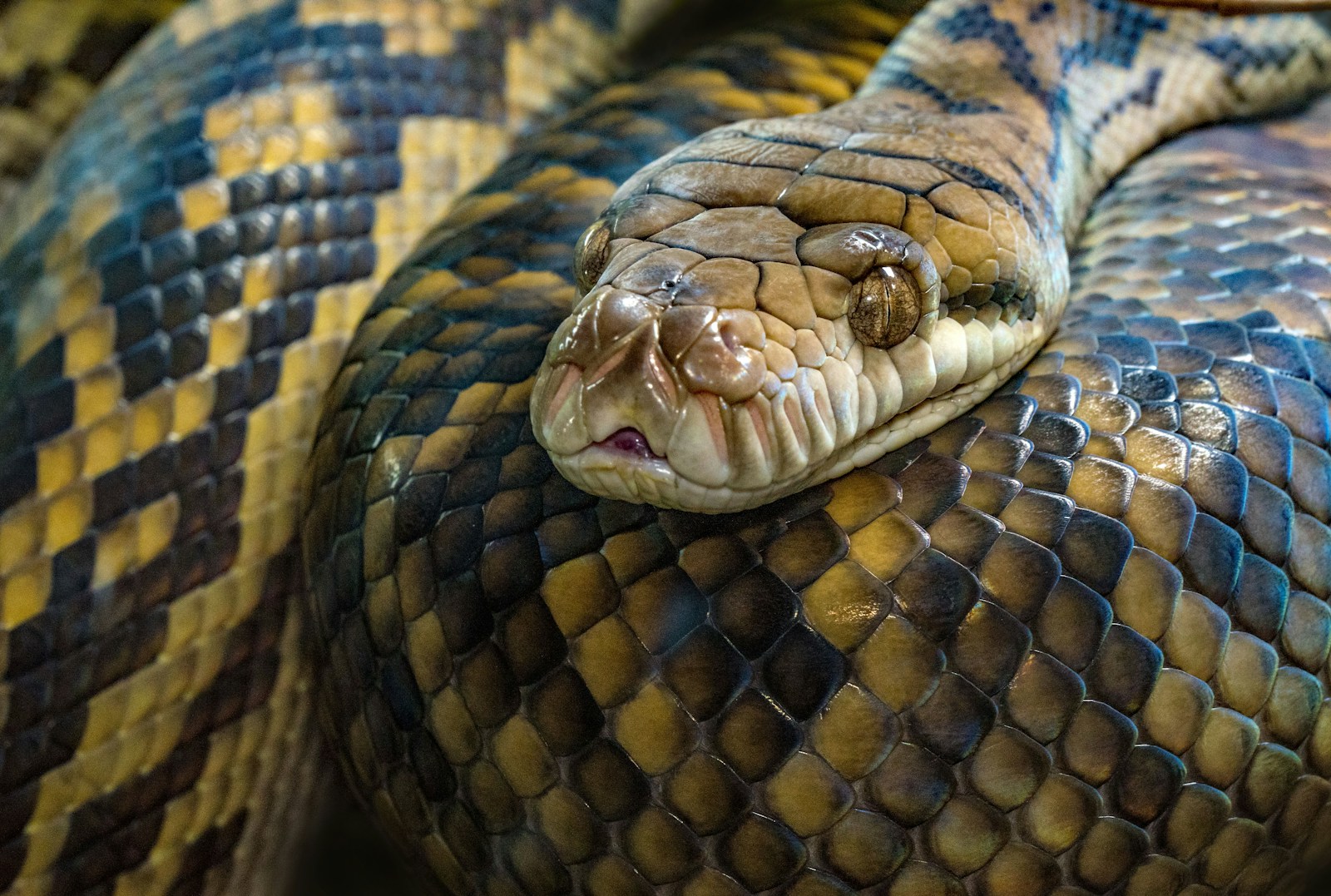
As your snake shows consistent signs of adjustment, you can begin transitioning toward normal care routines with a measured approach. Gradually increase handling duration by adding just a few minutes to each session, watching closely for stress responses before extending further. Reintroduce enrichment activities like supervised exploration outside the enclosure only after your snake is feeding regularly and showing comfortable behaviors within its habitat. If implementing training or socialization practices, begin with very brief sessions that always end on a positive note before the snake shows stress signals. This incremental approach respects your snake’s individual adjustment pace while steadily working toward the long-term relationship and routine you hope to establish.
Celebrating Adaptation Milestones
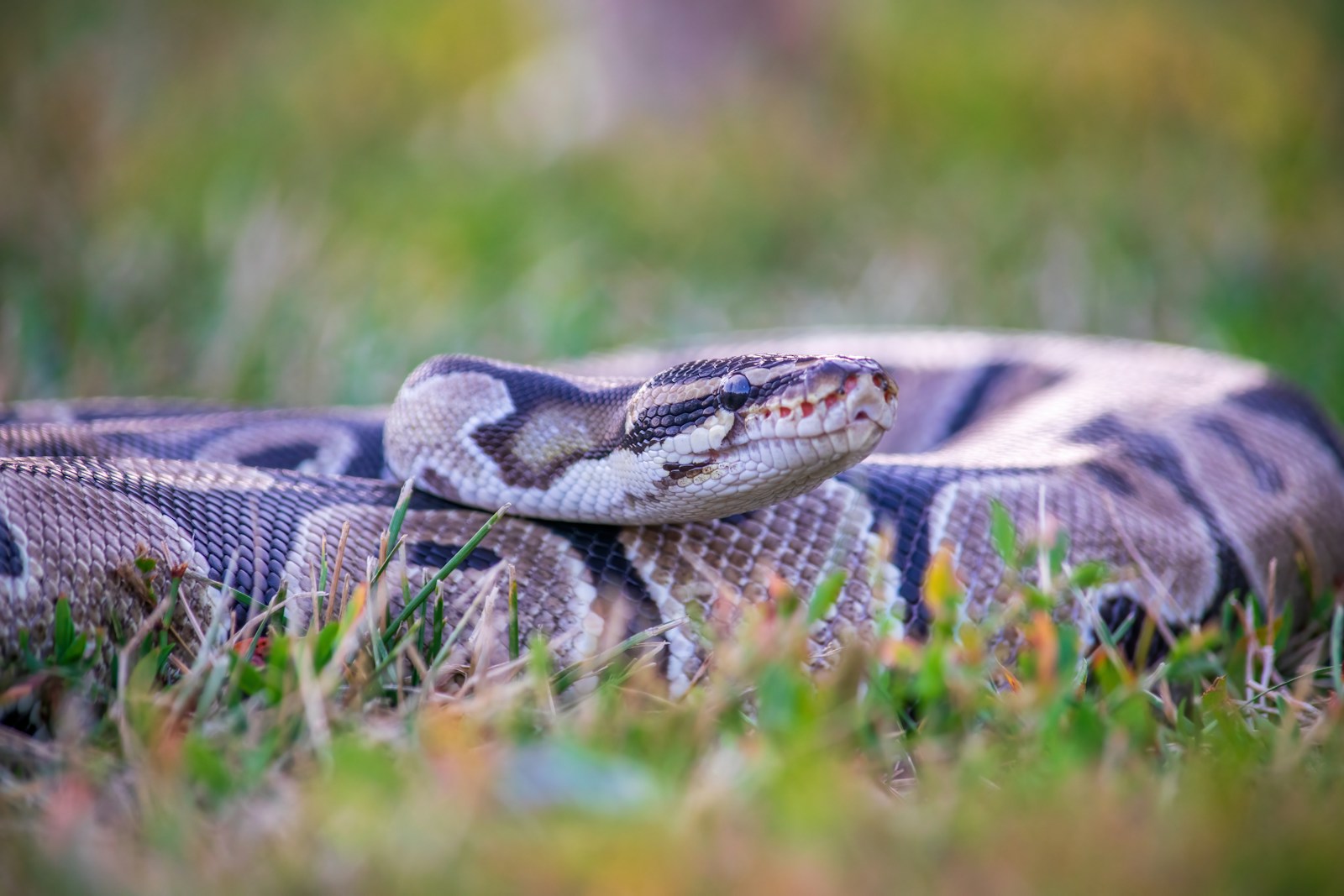
Recognizing and appreciating the small victories in your snake’s adjustment journey provides motivation to maintain your patience through the process. The first successful feeding in the new enclosure represents a significant milestone worth noting in your records. When your snake first uses different areas of the enclosure confidently, shifts between temperature gradients normally, or voluntarily approaches the glass when you’re nearby, these are all positive signs worth celebrating. Many keepers find it rewarding to document these milestones with dated photographs or journal entries, creating a record of progress that can be encouraging during future transitions. Remember that each successful adaptation builds your knowledge of your individual snake’s needs and preferences, making future habitat changes potentially smoother.
Conclusion
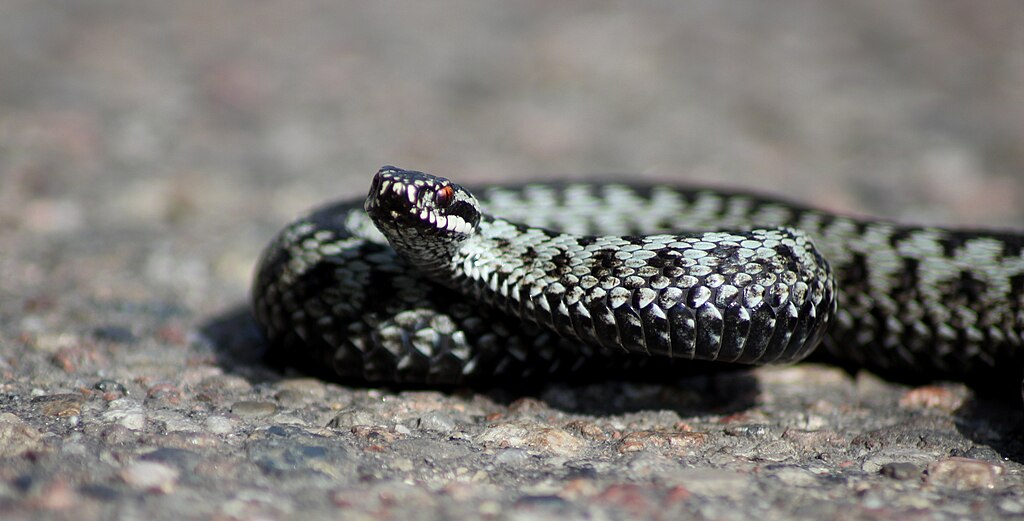
Helping a snake adapt to a new enclosure requires a balance of proper preparation, patience, and observation. By understanding your snake’s specific needs and natural behaviors, you can create an environment that promotes security and reduces stress during the transition period. Remember that adjustment timeframes vary widely between species and individuals—what takes one snake a week might take another a month or more. The keys to success lie in minimizing disturbances while providing stability, security, and consistency. With thoughtful implementation of these strategies, most snakes will eventually display the behaviors and comfort level that indicate successful adaptation to their new home. Your patience during this process not only helps your reptile companion but also deepens the bond and understanding between keeper and snake.

